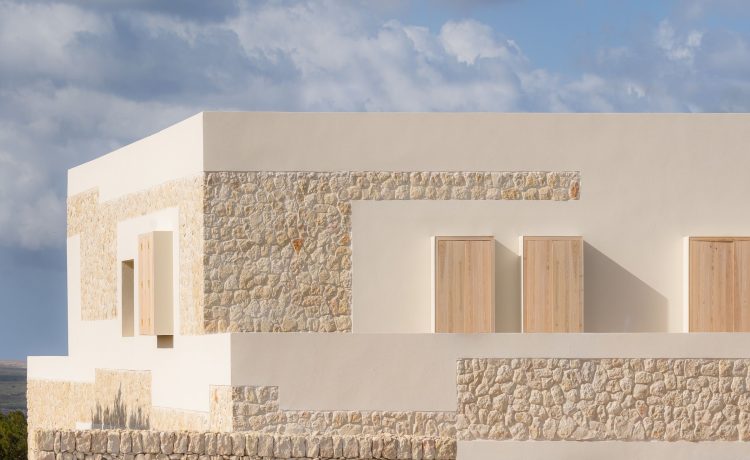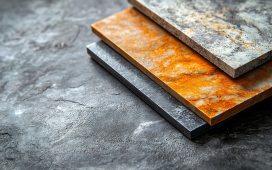Limestone has been a cornerstone in architecture for centuries, favored for its durability, beauty, and versatility. From the pyramids of Giza to modern skyscrapers, limestone’s unique qualities make it ideal for both historical restorations and contemporary designs. This article explores why limestone remains a preferred material among architects and designers, and how it continues to influence construction and aesthetic trends in the industry.
Historical Significance and Durability
Limestone has a storied past in the realm of construction. This sedimentary rock has not only stood the test of time in ancient structures but also continues to be a material of choice due to its durability and workability.
- Aging with Grace: Limestone is known for its ability to age beautifully, acquiring a patina that adds character to buildings over time.
- Weather Resistance: Its resilience against weather elements makes it suitable for various climates, from freezing temperatures to arid heat.
- Strength: It possesses sufficient strength for load-bearing applications, making it a practical choice for both external facades and structural supports.
Aesthetic Versatility
One of limestone’s most compelling attributes is its aesthetic versatility. Available in a range of natural tones—from creamy whites and subtle beiges to striking golden hues—limestone can complement any design palette.
- Texture Options: Limestone can be cut or finished with different textures, offering architects and designers the flexibility to achieve a desired look, whether sleek and smooth or rustic and rugged.
- Light Reflectivity: Its reflective properties can brighten spaces, making it a popular choice for interior and exterior applications that seek to enhance natural light.
To view an extensive selection of high-quality limestone, visit Stone Center, which offers various options ideal for numerous design projects.
Sustainability and Natural Beauty
In today’s construction industry, there is a growing emphasis on sustainability, and limestone’s natural properties align well with eco-friendly building practices.
- Energy Efficiency: Limestone’s thermal mass helps regulate indoor temperatures, reducing energy costs associated with heating and cooling.
- Natural Material: As a naturally occurring stone, limestone does not involve synthetic components, which makes it more environmentally friendly compared to manufactured building materials.
Applications in Modern and Historical Architecture
Limestone’s applications are diverse, ranging from luxurious interior flooring to impressive exterior facades.
- Restoration Projects: Its historical use makes it a natural choice for restoration projects aiming to preserve the authenticity of heritage buildings.
- Contemporary Construction: Modern architecture uses limestone in innovative ways, from dramatic entranceways to decorative interior elements.
Technical Considerations for Working with Limestone
Working with limestone does require some technical considerations to ensure the longevity and stability of the material in architectural projects:
- Proper Installation: It is crucial to use the right techniques and materials for installing limestone, especially in outdoor environments where improper installation can lead to water damage.
- Maintenance: While limestone is durable, it does require maintenance to prevent staining and erosion, particularly in polluted or high-traffic environments.
For professional advice and to ensure the best use of limestone in your projects, consulting with natural stone fabricators can provide you with the expertise needed for optimal results.
Conclusion
Limestone is more than just a building material; it’s a link to the past and a bridge to the future, providing timeless beauty and enduring strength. Its ability to blend into any architectural style, from ancient to avant-garde, makes it exceptionally versatile and continuously relevant in the field of architecture and design. Whether you are restoring a historic building or constructing a modern facility, limestone offers a combination of aesthetic appeal and structural integrity that is hard to match.


















